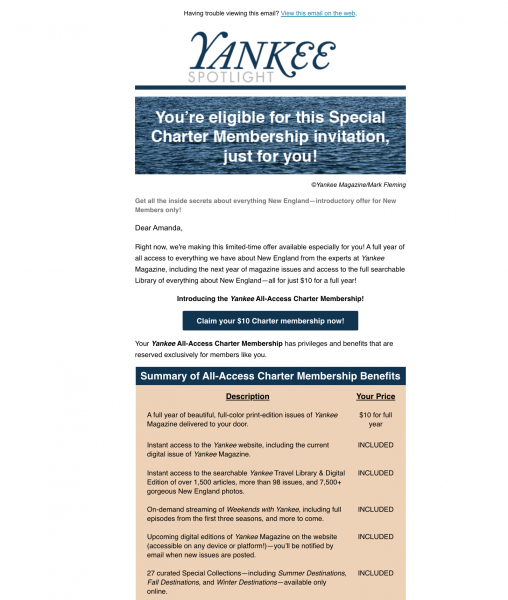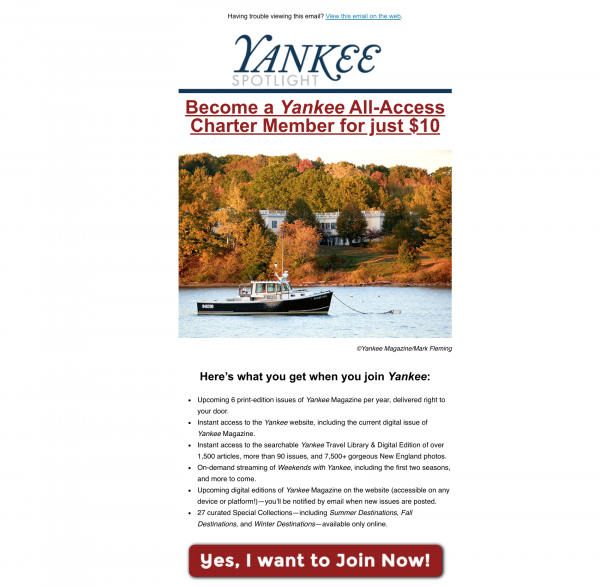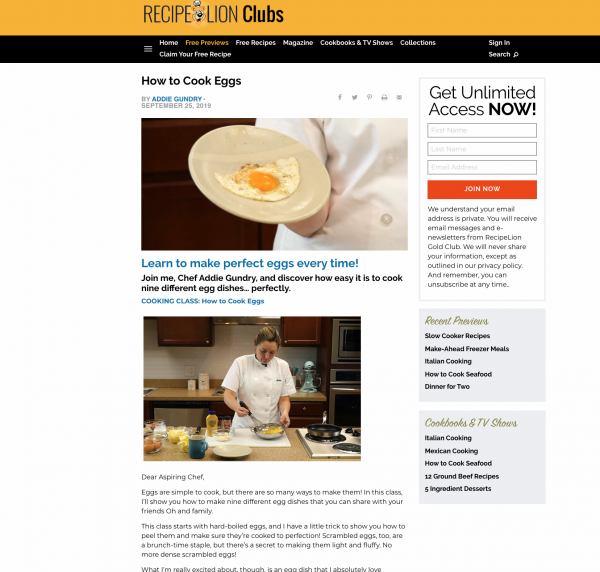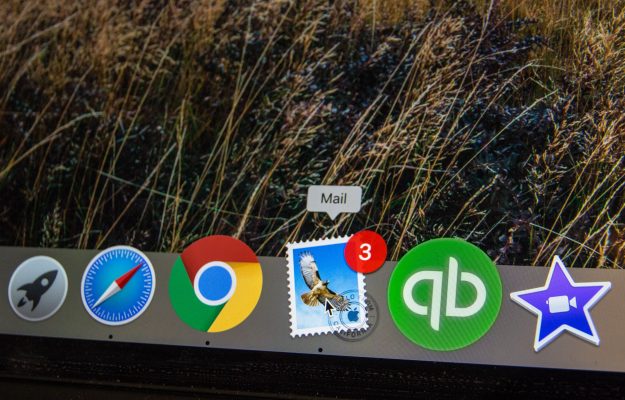
Membership marketing isn’t a new game, but selling all-access memberships to digital libraries and archives certainly is. Heck, most publishers haven’t even taken the step to digitize their archives yet.
Fortunately, we develop these libraries for our publishing partners, and over the last few years, we’ve been managing every aspect of using email to market these products on behalf of our partners. In the process, we’ve spent thousands of hours testing copy and offers—discovering what works, and what doesn’t in marketing all-access premium website subscriptions.
The two types of email promotions we use to sell an all-access membership directly are Spotlights and Library Previews. The Spotlight is a straight sell for the membership product, usually involving the testing of offers and copy. The Library Preview is an advertorial, which is an ad that walks, talks, and acts like an editorial. When done well, advertorials take on the same qualities as the premium content it’s promoting. The reader is happy because they’re benefitting from the copy, and the publisher wins because the reader has gained a positive perception of the membership content.
[text_ad]
Let’s dig a little deeper. You are likely familiar with Spotlights, though you might not be privy to the most beneficial tactics for succeeding with them, so don’t skip this first section. The real hidden gem, though, is the Library Preview, which teases content, and gets people to subscribe and become members better than any other loyalty-building membership marketing method. Here’s how both of them work:
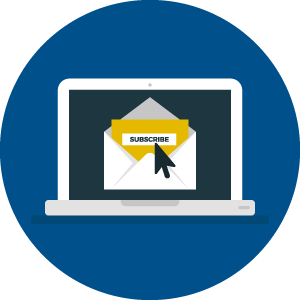 Spotlights for All-Access Membership Products
Spotlights for All-Access Membership Products
As with any product you’ll ever have, if you want to sell it, you have to promote it. Even the most search-optimized landing page for a best-selling product that generates a ton of free traffic from search, can generate more revenue through email promotion.
Think about it, if your email list has 35,000 people on it, (or 100,000, or 500,000 or more), all you need is to hit “send” and a big chunk of those subscribers will see your magazine promotion. If you’ve been delivering them great content every day through email, they might be most inclined to pay for your all-access membership.
To get in the habit of doing exactly that, first, develop your Spotlight frameworks. Below are some of the spotlight formats and frameworks that we see working well. These are not the same as offers, which we’ll get into below, these are simply about formatting and copy.
- “Hero Shot/Short Form” Spotlight Framework: The “Hero Shot/Short Form” Spotlight framework works well when the offering includes highly visual products—and a multitude of platforms. The rest of the framework simply states the product offering’s features in bullet-list format with a prominent call-to-action button.
- “You’ve Been Gifted” Spotlight Framework: The “You’ve Been Gifted” Spotlight framework is a new twist on simply saying “FREE,” and works well when selling an all-access subscription or membership where the vast digital library of back issues and content can be positioned as a “gift” for joining or subscribing—with the number of years or number of issues in the library used as a benefit.
- “Charter Offer” Spotlight Framework: The “Charter Offer” Spotlight framework is perfectly designed to highlight a membership in a way that responders feel like they’re “getting in at the beginning” with a new product or service.
- “You are Invited” Spotlight Framework: The “You are invited” Spotlight framework appeals to anyone who wants to feel special about being invited to something exclusive—this approach works well with any type of membership offer.
- “Statement of Benefits” Spotlight Framework: The “Statement of Benefits” Spotlight framework is a digital take on an old direct-mail format—you’ve probably seen or received this type of offer in the mail, where all the benefits of the product are presented as line items in a statement-like format.
Here’s a Statement of Benefits email from Yankee, listing everything a member gets when they sign up for all-access. Click the image below to see the full email.
Beyond continuous testing of your Spotlight frameworks, you should also be testing offers for the best results in membership marketing.
Based on the fundamental subscription and membership marketing and renewal principles that our executive team has used for decades (please see our post on Six Sigma), we’ve created an email marketing program in which we use offer, price, platform and incentives to maximize multiplatform, continuous-service subscription sales and renewals.
For the sample test offers below, the full price of the magazine is $19.99 (tablet edition), $24.99 (print edition), $29.99 (web edition) and $34.97 (all access). $2.97 is the standard monthly price, but the card is charged quarterly, making it $8.91 every three months.
Annual Pricing, Annual Billing
- Straight Basic Rate – Initial charge of either $19.99 (tablet), $24.99 (print), $29.99 (web), $34.97 (all access) and start on continuous 12 month terms.
- 30 Days Free, then Basic Rate – Initial charge of $0 for 1 month of access, and then start recurring charge of either $19.99 (tablet), $24.99 (print), $29.99 (web) or $34.97 (all access) on continuous 12-month terms.
- $19.99 Any Platform, $24.97 All Access – Initial charge of either $19.99 or $24.97 for 1 year of access, then start recurring charge of either $19.99 (tablet), $24.99 (print), $29.99 (web), $34.97 (all access) on continuous 12 month terms.
- $10 for One Year All Access – Initial charge of $10 for 1 year of all-access, then start recurring charge of $34.97 (all access) on continuous 12-month terms.
- 30 Days Free, then Basic Rate All Access Only – Initial charge of $0 for 1 month of access, and then start recurring charge of $34.97 (all access) on continuous 12-month terms.
- 30 Days Free, then Basic Rate Digital Combination Only – This one is recommended for international orders where print isn’t an option. Initial charge of $0 for 1 month of access, and then start recurring charge of $34.97 (digital combo which is tablet and web) on continuous 12-month terms.
Monthly Pricing, Quarterly Billing
- 3 Months for $3 – Initial charge of $3 for 3 months of all-access, then start recurring charge of $8.91 on continuous 3-month terms (every quarter).
- $2.97/Month All Access – Initial charge of $2.97 for 1 month of all-access, then start recurring charge of $8.91 on continuous 3-month terms.
- 30 Days Free All Access – Initial charge of $0 for 1 month of access, then start recurring charge of $8.91 on continuous 3-month terms.
- $.99 All Access One Month – Initial charge of $.99 for 1 month of access, then start recurring charge of $8.91 on continuous 3 month terms.
- $2.49 Any Platform; $2.97 All Access – Initial charge of $2.49 or $2.97 for 1 month of access (depending on the platform / option they choose), then start recurring charge of $7.47 or $8.91 on continuous 3 month terms.
- 30 Days Free then $2.49 Any Platform; $2.97 All Access – After picking a service level (All Access for $2.97 or Web, Print or Tablet for $2.47) there’s an initial charge of $0 for 1 month of access, then start recurring charge of $7.47 or $8.91 on continuous 3-month terms.
An example of the $10 for One Year All Access offer above, can be seen on Yankee as well, click the image to see the full email. They also are rotating the image, so it shows a mix of New England imagery, food, and also a graphic of all the platforms subscribers have access to when they become members.
Our offer testing campaigns typically last for 4 weeks. During this 4-week offer cycle, we’d recommend aggressive creative testing on your Spotlights so that you can identify the winners, keep those in rotation, while replacing the bottom performers with new creative.
After you’ve completed one offer test campaign, you’d start another one. While the second offer test campaign is running, you have the time to analyze the data from the first campaign, which is then used to develop the third campaign. Data from Campaign #2 helps develop Campaign #4, and so on. You’re continuously refining and improving your membership marketing by keeping winners until they fatigue and replacing losers with new offers and new creative, and it’s all done with Six Sigma discipline.
[text_ad]
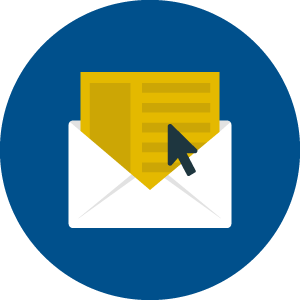 Library Previews for All-Access Membership Products
Library Previews for All-Access Membership Products
Library Previews are very different from Spotlights. Instead of direct selling, you are writing content that teases your premium content, sharing snippets and links with the goal of two things:
- If you have a strict paywall: Converting readers into members.
- If you have a metered paywall: Enticing readers to use up their free credits so quickly and so often that they realize they want to become members.
The Library Preview format typically relies on three main sections:
Section 1 is derivative of one or more premium articles. We typically start with a 300 to 500 word excerpt from a piece of paid content that tells a part of the story, but leaves the audience wanting more. Then we choose three or four related articles, and offer 100 word excerpts of each, which make the reader want to click and read the full articles. Each Preview has a call to action below the excerpt to get the user to click to the full article.
Section 2 describes the scope of library coverage across what could be dozens or hundreds of articles on that topic. This is where you can talk more about the related articles. For example, if the topic of your Library Preview was about Baking Apple Pies, you could talk about, and link to, premium content on picking the best apples for apple pie, or the best kitchen tools for making apple pie, or a recipe for making the best apple pie crust. These would all be derivative of the featured articles, which would most likely be different apple pie recipes.
Section 3 is a standardized membership marketing pitch for the entire service that can be recycled from Preview to Preview. It should be thought of as a control and any changes to it should be tested.
In addition to these sections, we keep these best-practices from our best-performing Library Previews in mind, which you can find here.
This example below comes from I Like Knitting, where Previews centralize around a knitting theme, or a new issue. I Like Knitting has a metered paywall that allows visitors to view 3 free patterns per month. In their Previews, ILK chooses to point all links directly to the all-access conversion page. Something to also test, is linking to the premium pattern pages mentioned in the Preview, which would use up their free credits while also allowing them to sample the content. This approach may also keep non-members on your email list longer, but you won’t know if you don’t test!
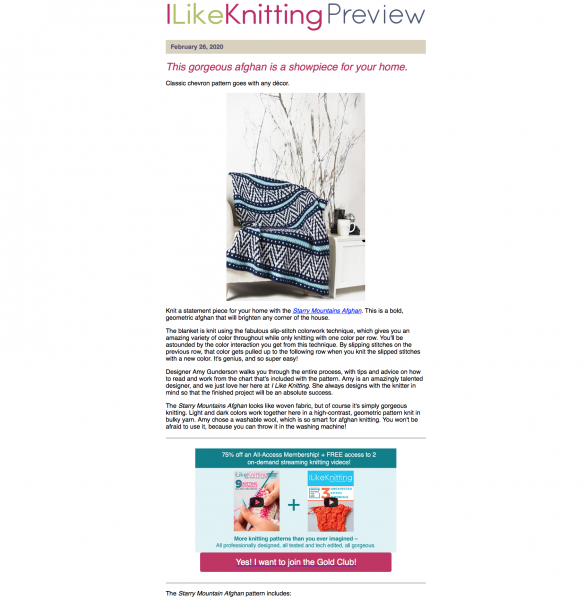
Using Library Previews for Non-Digital Memberships
If you think Library Previews are only good for digital libraries, take a look at The Old Farmer’s Almanac, who doesn’t yet have a digital library, but does offer all-access clubs and memberships with their print products. The Preview below teases content from the print products before inviting the reader to join one of their clubs and get access to a number of products. You can see the whole email here.
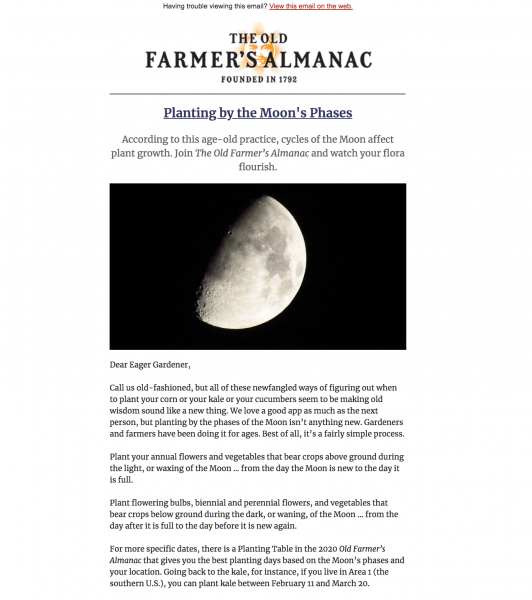
Publishing Library Previews for SEO
Many of our publishing partners choose to publish their Library Previews on their websites, where they can optimize the posts for SEO. Below is an example from Recipe Lion. The only FREE content on their website is a Library Preview, so it’s an important step to publish them on the site, giving them some search juice. Click the image to see the full published Preview:
If you’d like to increase your subscription revenue by better pitching your all-access program to your email subscribers, or if you don’t yet have an all-access membership program and would like to explore the opportunity, schedule a FREE 30-minute consultation with Mequoda today!
[text_ad]
